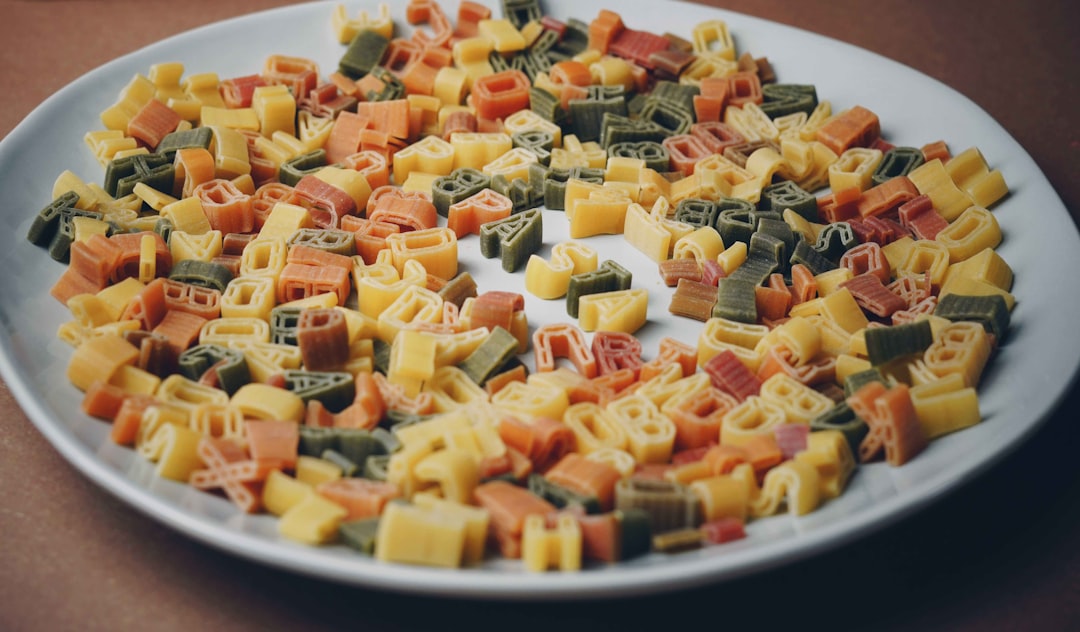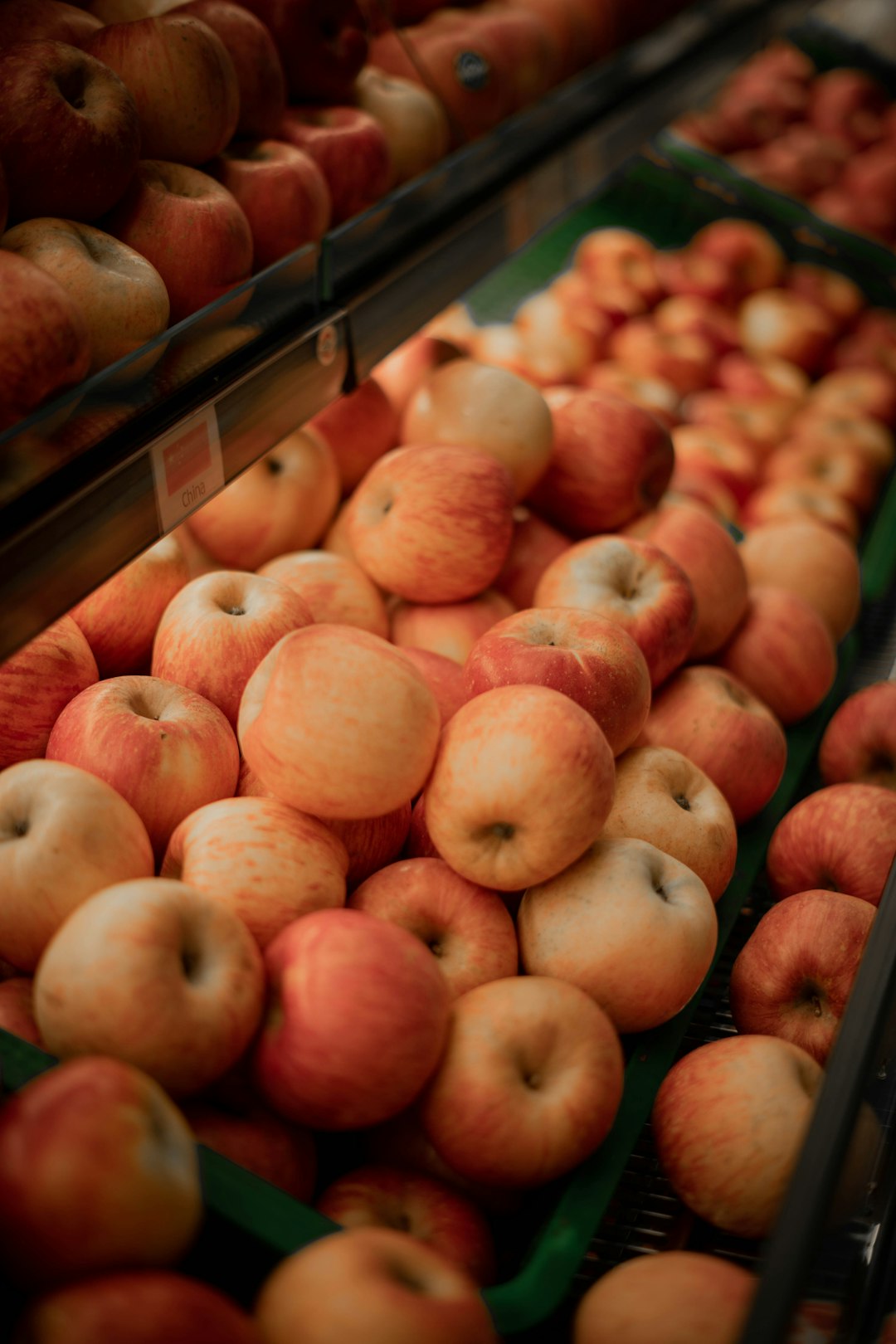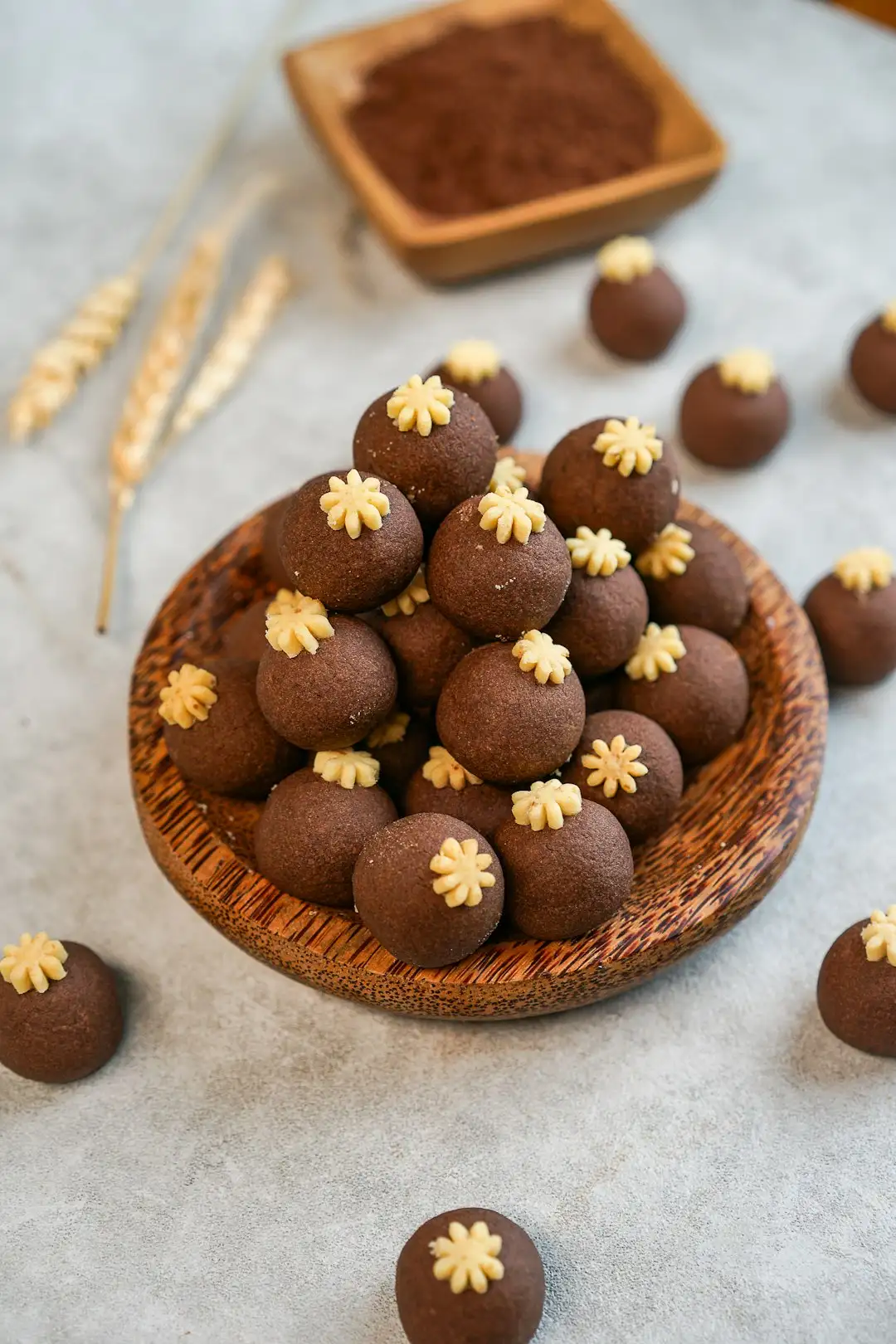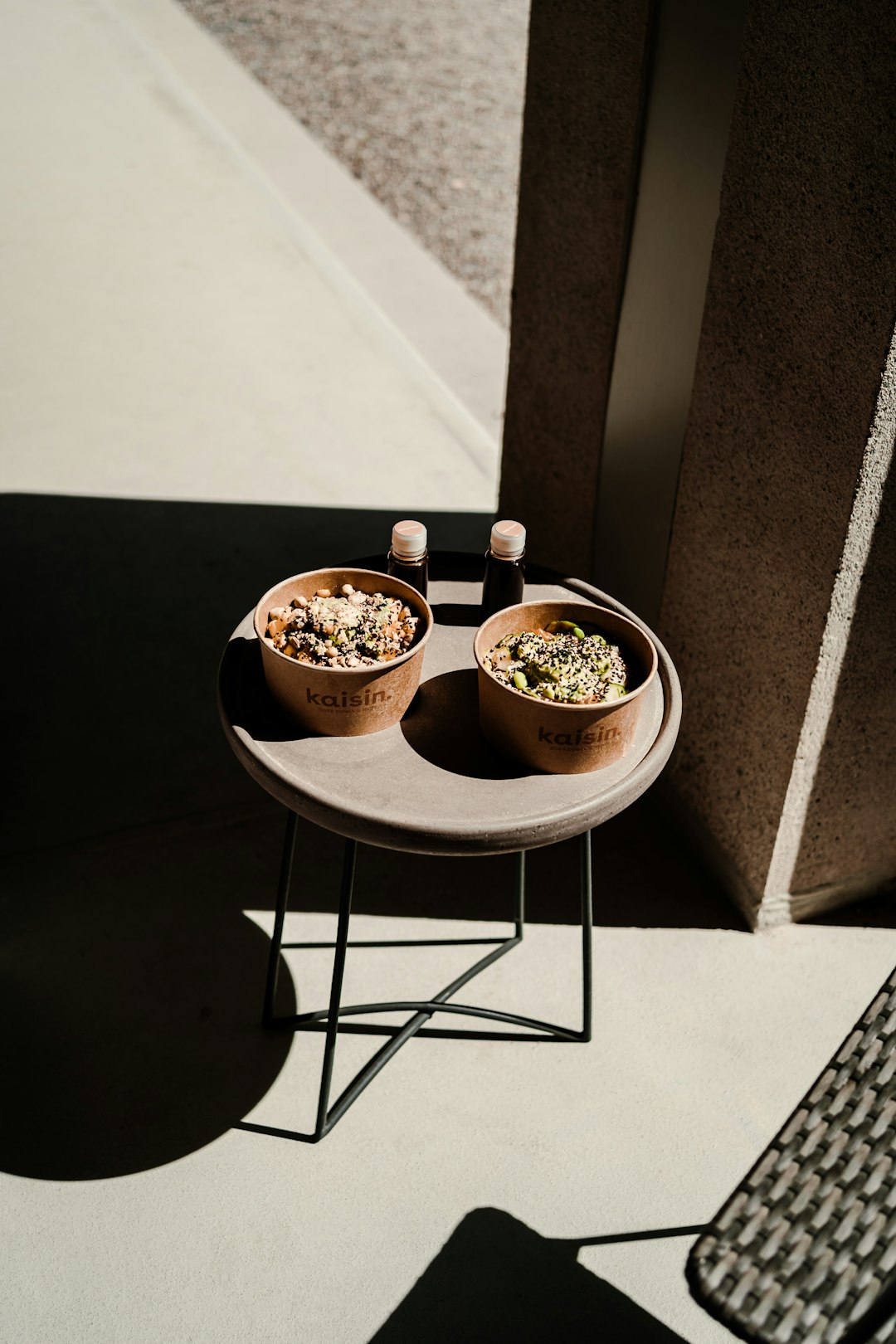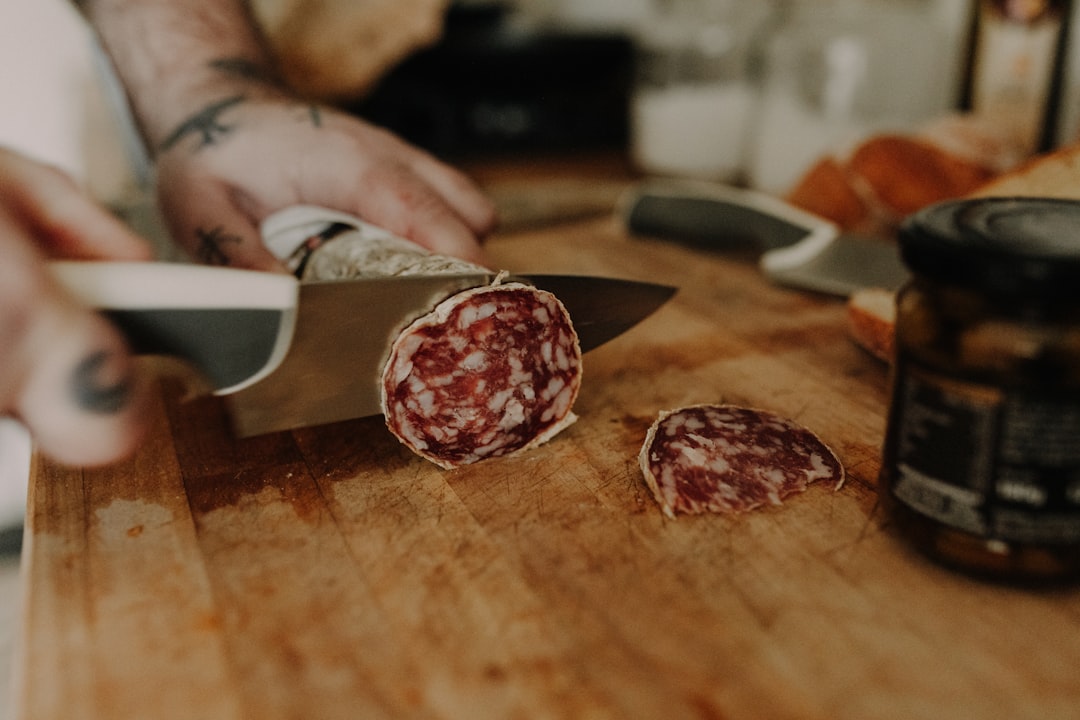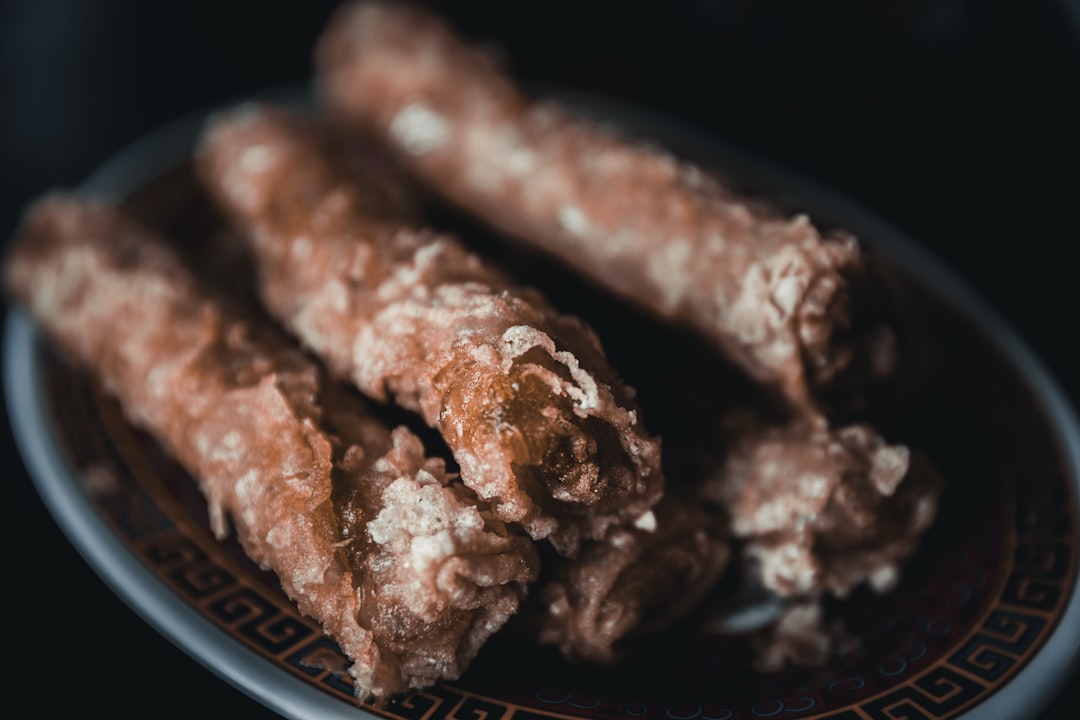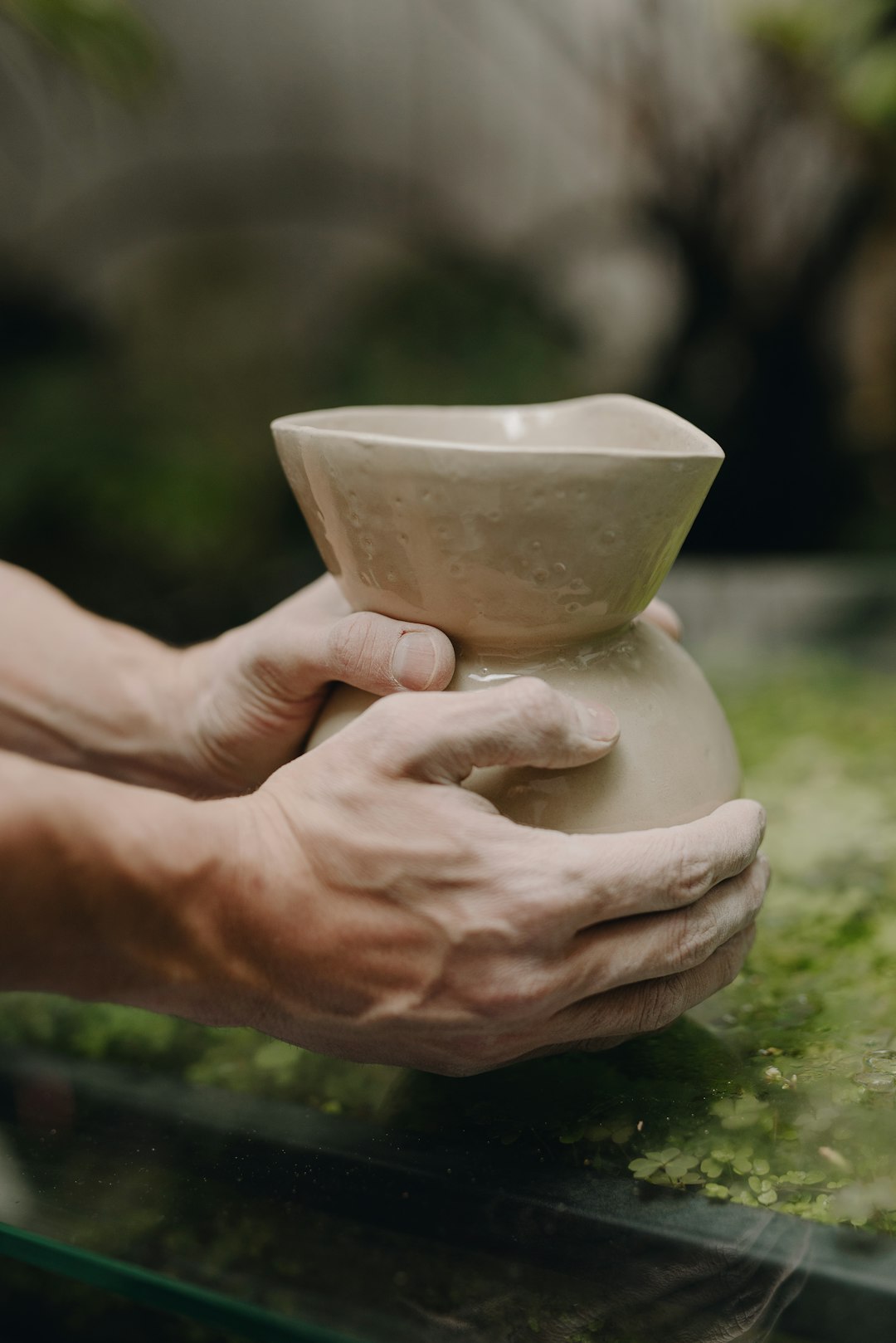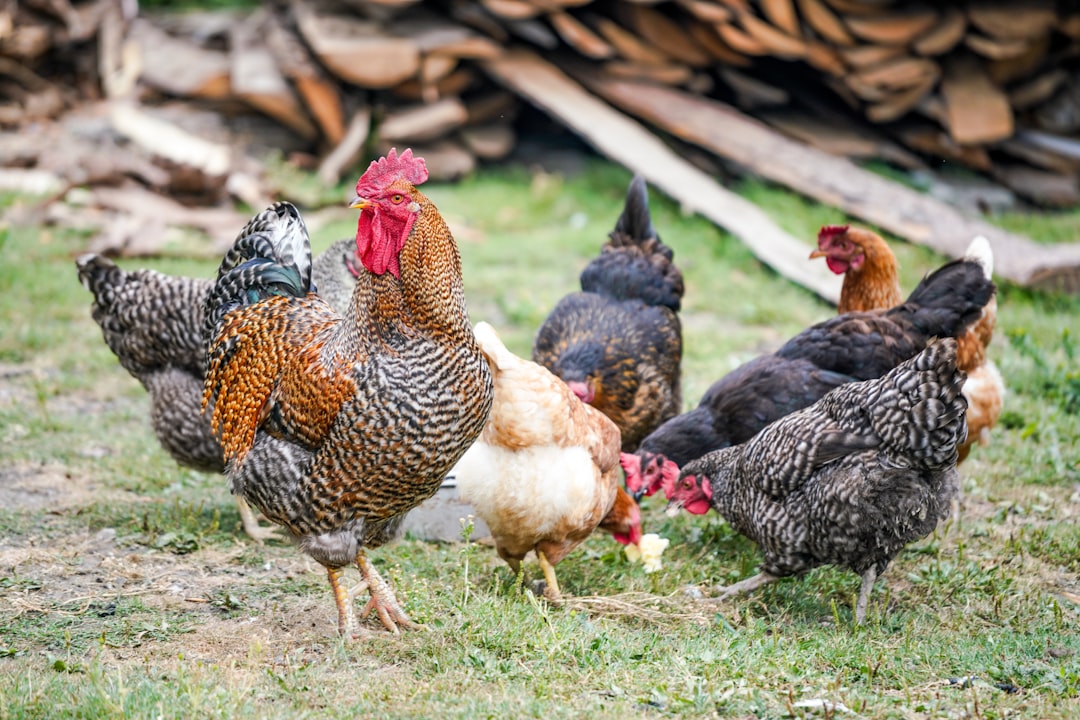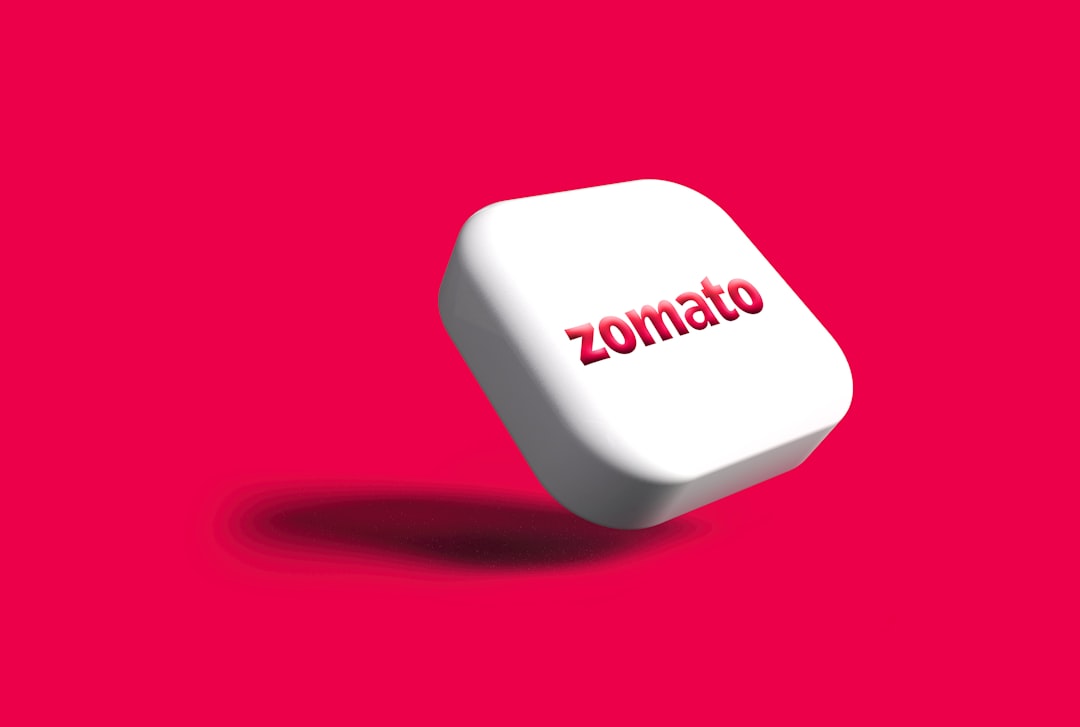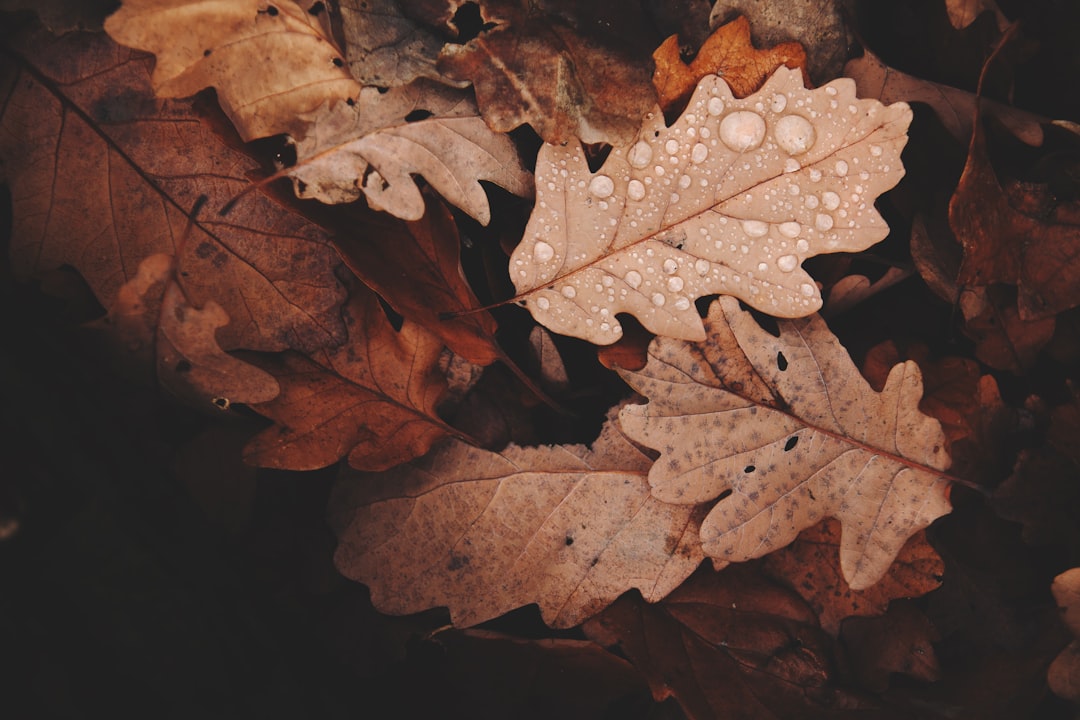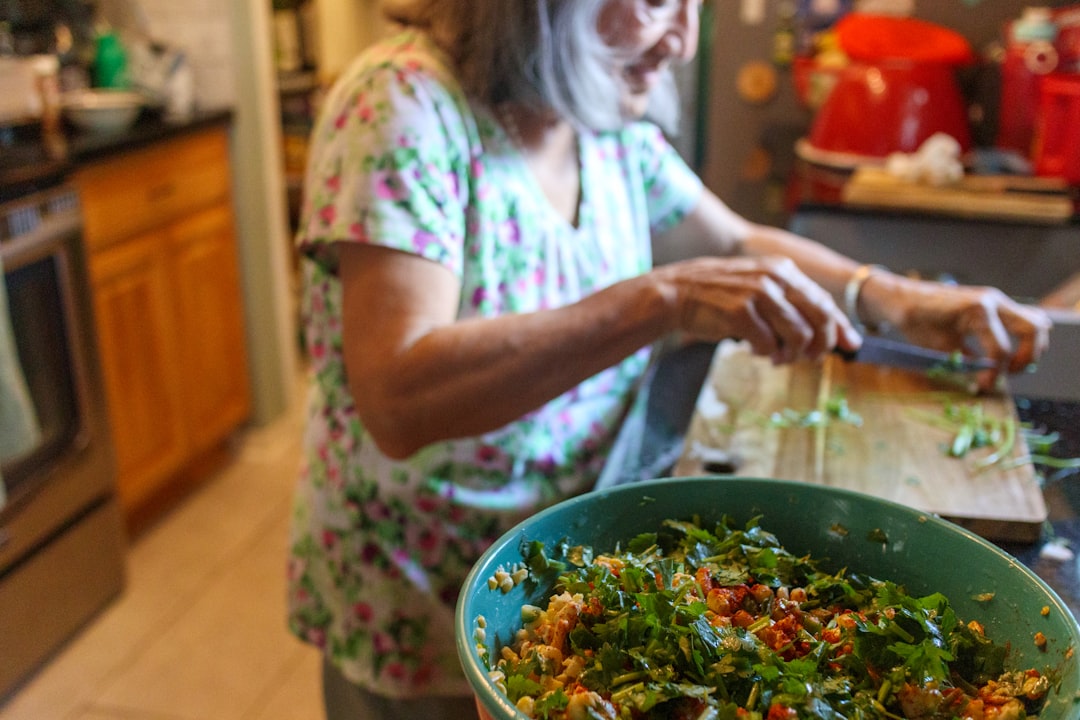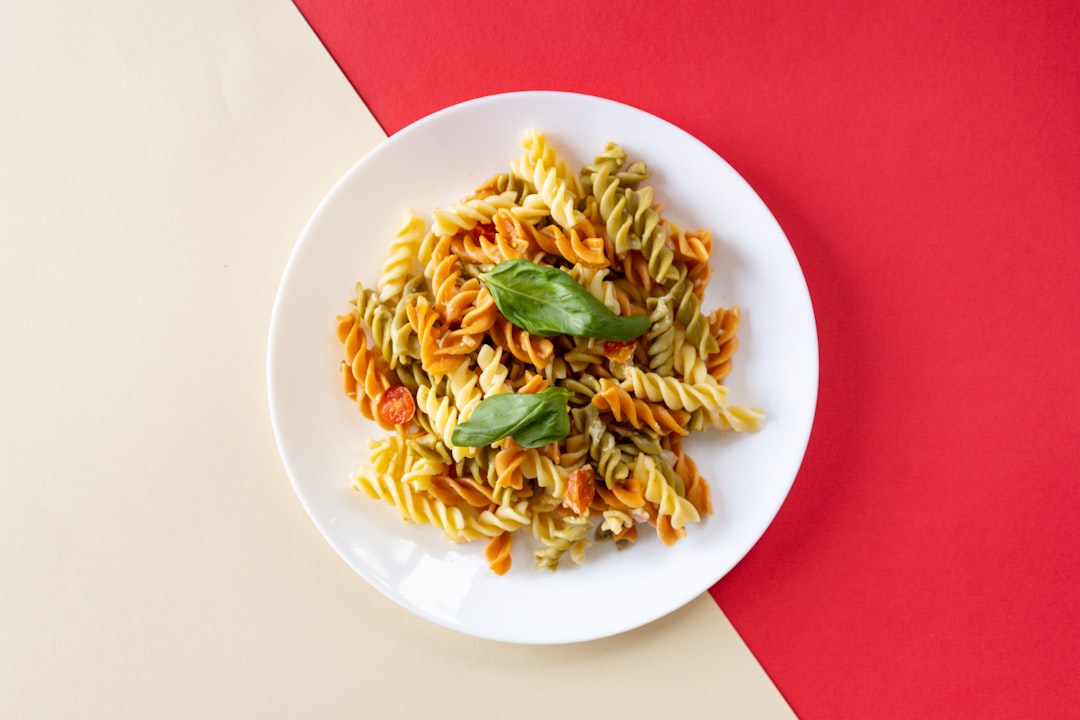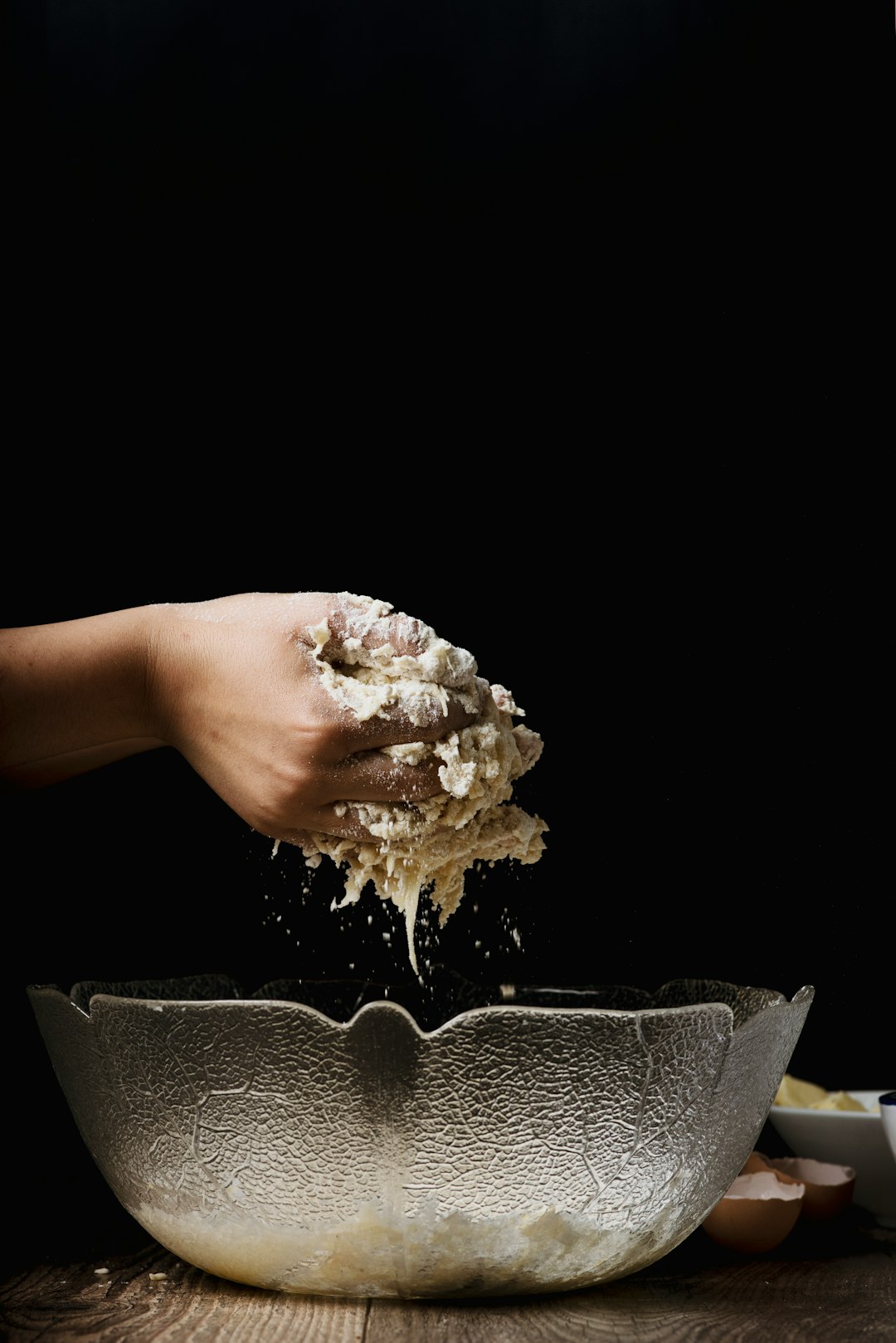
When it comes to the world of cooking, there are countless questions that arise, and one that has puzzled many is the matter of cheese rinds. Let's embark on a journey to settle this question once and for all. In this article, experts will discuss various types of cheese rinds and weigh in on which ones you can eat.
Cheese is a beloved food around the globe, with a rich history and a wide variety of flavors and textures. And the rind, which is the outer layer of the cheese, plays an important role in both the appearance and the taste of the cheese. But not all cheese rinds are created equal, and understanding which ones are edible can enhance your culinary experience.
First, let's take a look at the different types of cheese rinds. There are natural rinds, which form during the aging process as the cheese is exposed to the air. These rinds can vary in color, texture, and flavor, depending on the type of cheese and the aging conditions. Some natural rinds are thin and delicate, while others are thick and crusty.
Another type of cheese rind is the washed rind. These rinds are created by washing the cheese with a liquid, such as brine, wine, or beer, during the aging process. The washing helps to develop a unique flavor and texture in the rind, and it also gives the cheese a distinctive appearance. Washed rinds can be quite pungent, but they can also add a lot of complexity to the cheese.
Then there are the bloomy rinds, which are covered in a white, fluffy mold. These rinds are typically found on soft cheeses, such as Brie and Camembert. The mold on the rind helps to protect the cheese and also gives it a creamy, buttery texture. Bloomy rinds are generally edible and can add a nice earthy flavor to the cheese.
So, which cheese rinds can you eat? Well, it depends on the type of cheese and your personal preference. In general, natural rinds on hard cheeses, such as Parmesan and Cheddar, are not typically eaten. These rinds are often tough and can be difficult to chew. However, some people do enjoy the flavor of the rind and will eat it in small amounts.
Washed rinds can be a bit more of a personal choice. Some people love the strong, pungent flavor of washed rinds and will eat them without hesitation. Others find the flavor to be too overpowering and prefer to remove the rind before eating the cheese. It's really up to you to decide what you like.
Bloomy rinds are usually considered to be edible and are often enjoyed as part of the cheese. The mold on the rind is safe to eat and can add a nice texture and flavor to the cheese. However, if you have a mold allergy or are concerned about the safety of the mold, you may want to remove the rind before eating the cheese.
Now that you have a better understanding of the different types of cheese rinds and which ones you can eat, let's talk about some recipes that incorporate cheese rinds. Cheese rinds can be used in a variety of dishes to add flavor and depth. For example, you can use a Parmesan rind to make a delicious vegetable soup. Simply add the rind to the soup pot along with your vegetables and let it simmer for a few hours. The rind will release its flavor into the soup, giving it a rich, cheesy taste.
You can also use cheese rinds to make a flavorful cheese sauce. Just melt the rind in a saucepan with some milk and cream, and then add your favorite seasonings. The result is a creamy, cheesy sauce that can be used on pasta, vegetables, or as a dip.
In conclusion, cheese rinds are an interesting and often overlooked part of the cheese. By understanding the different types of cheese rinds and which ones you can eat, you can enhance your culinary experience and discover new flavors. So, the next time you're enjoying a piece of cheese, don't be afraid to give the rind a try. You might just be surprised at how delicious it can be.













